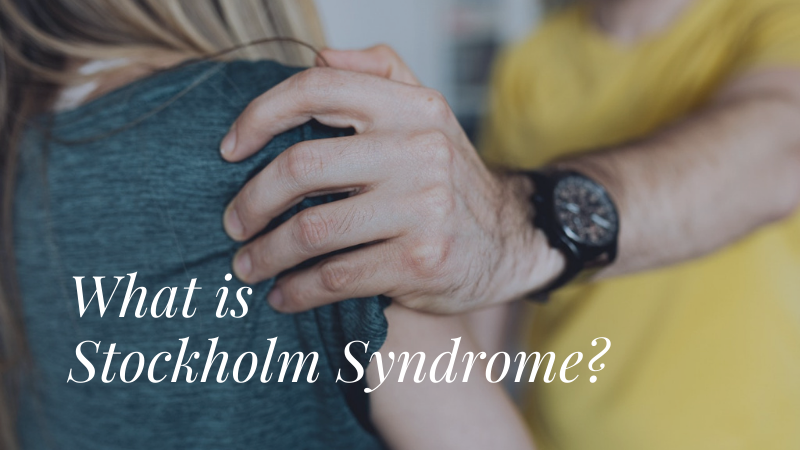Stockholm Syndrome is a psychological response wherein a captive begins to identify closely with his or her captors, as well as with their agenda and demands.
Where did it start?
The name of the syndrome is derived from a botched bank robbery in Stockholm, Sweden. In August 1973 four employees of Sveriges Kreditbank were held hostage in the bank’s vault for six days. During the standoff, a seemingly incongruous bond developed between captive and captor. One hostage, (during a telephone call with Swedish Prime Minister Olof Palme), stated that she fully trusted her captors but feared that she would die in a police assault on the building.
Psychologists who have studied the syndrome believe that the bond is initially created when a captor threatens a captive’s life. And then deliberates, and then chooses not to kill the captive. However, the captive’s relief at the removal of the death threat is transposed into feelings of gratitude toward the captor for giving him or her life.
Survival mentality
It is important to note that the survival instinct is at the heart of Stockholm Syndrome. Victims live in enforced dependence and interpret rare or small acts of kindness in the midst of horrible conditions as good treatment. They often become hypervigilant to the needs and demands of their captors. And making psychological links between the captors’ happiness and their own.
Indeed, the syndrome is marked not only by a positive bond between captive and captor. But also by a negative attitude on behalf of the captive toward authorities who threaten the captor-captive relationship. The negative attitude is especially powerful when the hostage is of no use to the captors except as leverage against a third party, as has often been the case with political hostages.
Extended Concept
Psychologists had expanded their understanding of the Stockholm syndrome from hostages to other groups. And that includes victims of domestic violence, cult members, prisoners of war, procured prostitutes, and abused children. However, the American Psychiatric Association does not include Stockholm syndrome in its Diagnostic and Statistical Manual of Mental Disorders (DSM).
Therapy can be an effective treatment for a host of mental and emotional problems. Simply talking about your thoughts and feelings with a supportive person can often make you feel better. It can be very healing, in and of itself, to voice your worries or talk about something that’s weighing on your mind. And it feels good to be listened to—to know that someone else cares about you and wants to help.

